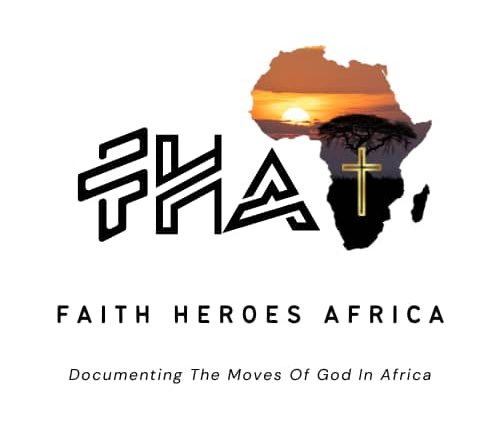
Introduction
Africa, the world’s second-largest continent, is a land of captivating beauty, rich cultural diversity, and complex challenges. Over the years, numerous missions in Africa have been undertaken by governments, international organizations, and non-profits, with aims ranging from humanitarian relief and development to peacekeeping and conservation efforts. In this article, we will delve into the diverse missions that have shaped Africa’s past and continue to influence its future.
Historical Missions
-
Colonial Era Missions: The colonization of Africa by European powers in the late 19th and early 20th centuries was a significant chapter in the continent’s history. Missionaries played a crucial role during this period, establishing churches, schools, and hospitals while often acting as agents of cultural change. However, these missions also faced criticism for cultural imperialism and undermining indigenous traditions.
-
Anti-Apartheid Movement
- South Africa’s apartheid regime was met with international opposition, leading to various missions aimed at dismantling racial segregation. Boycotts, sanctions, and diplomatic missions, along with the tireless work of activists like Nelson Mandela, ultimately led to the end of apartheid in 1994.
-
Humanitarian Aid
- Africa has been a focal point for humanitarian missions due to issues like famine, disease outbreaks, and conflicts. Organizations like Médecins Sans Frontières (Doctors Without Borders) provide medical care in some of the most challenging conditions. Additionally, the fight against HIV/AIDS received global attention and aid through initiatives like the President’s Emergency Plan for AIDS Relief (PEPFAR).
-
Peacekeeping Missions
- The African Union (AU) and United Nations (UN) have deployed peacekeeping missions across the continent to resolve conflicts and maintain stability. Missions like the UN Mission in Liberia (UNMIL) and the AU Mission in Somalia (AMISOM) have played vital roles in peacebuilding efforts.
-
Conservation Efforts
- Africa’s rich biodiversity and endangered species have prompted conservation missions. Organizations such as the World Wildlife Fund (WWF) and the African Parks Network work to protect iconic species like rhinos and elephants, while also supporting local communities.
-
Development Initiatives
- Various international organizations, including the United Nations Development Programme (UNDP) and the African Development Bank, have launched missions to address poverty, infrastructure development, and economic growth. The Sustainable Development Goals (SDGs) have been a guiding framework for many of these initiatives.
Challenges
Despite the noble intentions of many missions in Africa, challenges persist. Corruption, political instability, armed conflicts, and inadequate infrastructure can hinder progress. Additionally, some missions have faced criticism for their approach, such as the potential negative impact of large-scale agricultural projects on local communities.
Hopes for the Future
As we look to the future, the success of missions in Africa hinges on collaboration, adaptability, and sustainable solutions. Supporting local leadership and empowering communities to take charge of their own development are key principles. Climate change, digital connectivity, and education will likely be central areas of focus in future missions.
Conclusion
Missions in Africa have left an indelible mark on the continent’s history and continue to shape its trajectory. From colonial-era efforts to modern-day peacekeeping missions and conservation initiatives, these endeavors reflect both the challenges and opportunities Africa faces. With concerted efforts, partnerships, and a focus on sustainable development, missions in Africa hold the promise of a brighter and more prosperous future for the continent and its people.






Leave a Reply